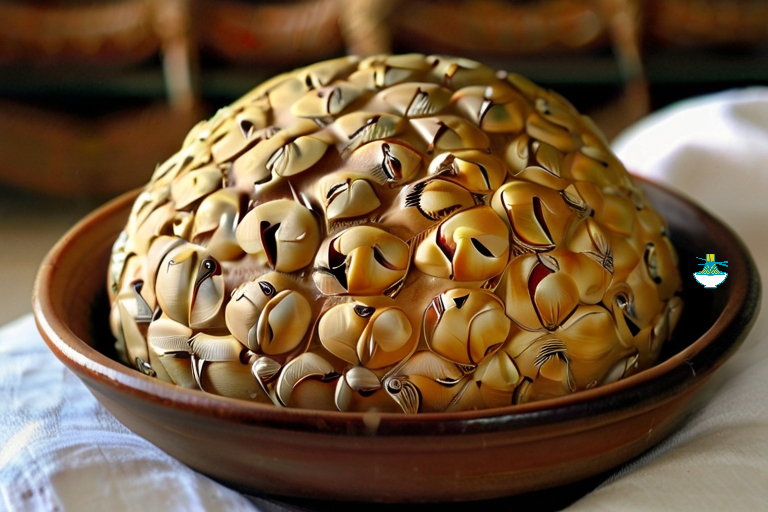Embark on a journey through the vibrant tapestry of Eritrea's Sahel region, where ancient traditions blend seamlessly with modern resilience. Nestled in the northeastern corner of Africa, Eritrea's Sahel is a mosaic of diverse cultures, breathtaking landscapes, and untold stories. From the bustling markets of Keren to the tranquil shores of the Red Sea, this region beckons adventurers and cultural enthusiasts alike.
Explore the rich heritage of the Afar, Saho, and Tigre peoples, whose customs have endured for centuries amidst the shifting sands of time. Witness the striking architecture of ancient mosques and churches, testaments to the region's spiritual significance. Delve into the rhythms of traditional music and dance, where each movement tells a story of struggle and triumph.
But beyond its cultural treasures, Eritrea's Sahel reveals a spirit of resilience that defines its people. Despite facing challenges, from environmental pressures to geopolitical shifts, communities here have forged ahead with unwavering determination. Discover the innovative agricultural practices that sustain livelihoods in arid landscapes, and the entrepreneurial spirit driving local economies forward.
Join us as we unravel the threads of history and tradition in Eritrea's Sahel, a place where the past intertwines with the present, and where the human spirit shines brightest in the face of adversity.
Ingredients:
- 2 cups sorghum or millet flour
- 1 cup water
- 1/2 teaspoon salt
- 1/4 teaspoon active dry yeast (optional, for enhanced fermentation)
- Oil (for greasing)
Instructions:
Prepare the Fermented Dough:
1- In a mixing bowl, combine the sorghum or millet flour with water. Mix well until you achieve a smooth, thick batter-like consistency.
2- If you're using yeast, dissolve it in a tablespoon of warm water and let it sit for 5 minutes until frothy. Then, mix it into the batter.
3- Cover the bowl with a clean kitchen towel or plastic wrap and let it sit at room temperature for 12-24 hours. This allows the batter to ferment, developing a slightly tangy flavor and improving digestibility.
Form the Bread:
1- After fermentation, the batter should have risen slightly and developed small bubbles.
2- Stir in the salt to the fermented batter and mix well.
3- Heat a non-stick skillet or griddle over medium heat and lightly grease it with oil.
4- Pour a ladleful of the fermented batter onto the skillet, spreading it out into a round shape with the back of the ladle. The thickness of the bread can vary according to preference, but it's typically about 1/4 to 1/2 inch thick.
5- Cook the bread for about 3-4 minutes on one side until it starts to firm up and bubbles form on the surface.
Flip and Cook:
1- Carefully flip the bread using a spatula and cook for another 3-4 minutes on the other side until both sides are golden brown and cooked through.
2- Repeat the process with the remaining batter, adding more oil to the skillet as needed.
Serve:
1- Once cooked, remove the bread from the skillet and let it cool slightly on a wire rack.
2- Serve the fermented bread warm alongside meat or vegetable stews, such as zigni (spicy beef stew) or tsebhi (spiced vegetable stew). The bread is traditionally torn into pieces and used to scoop up the stew.
Enjoy the authentic flavors of Eritrea's Sahel with this simple and delicious fermented bread recipe, perfect for savoring with hearty stews and sharing with loved ones.
Nutritional Values:
Here are the approximate nutritional values for the main ingredients used in the Eritrean Sahel fermented bread recipe:
Sorghum Flour (1 cup, approximately 192g):
- Calories: 632 kcal
- Protein: 14.4 g
- Fat: 6.6 g
- Carbohydrates: 133.7 g
- Fiber: 6.8 g
- Sugars: 0 g
- Calcium: 40 mg
- Iron: 4.2 mg
- Magnesium: 308 mg
- Potassium: 464 mg
benefits:
- Rich in fiber, promoting digestive health and aiding in weight management.
- Excellent source of antioxidants, protecting cells from damage caused by free radicals.
- Provides essential minerals such as magnesium, which supports bone health, and iron, important for oxygen transport in the body.
Millet Flour (1 cup, approximately 119g):
- Calories: 440 kcal
- Protein: 15.5 g
- Fat: 4.2 g
- Carbohydrates: 89.6 g
- Fiber: 7.3 g
- Sugars: 0.7 g
- Calcium: 8 mg
- Iron: 3.9 mg
- Magnesium: 112 mg
- Potassium: 195 mg
benefits:
- High in protein, supporting muscle growth and repair.
- Contains complex carbohydrates, providing sustained energy release and helping to regulate blood sugar levels.
- Good source of dietary fiber, promoting satiety and aiding in digestion.
These values are approximate and can vary based on the specific brand and type of flour used. Additionally, the nutritional values for the entire recipe will depend on factors such as serving size and any additional ingredients or toppings used.


Comments